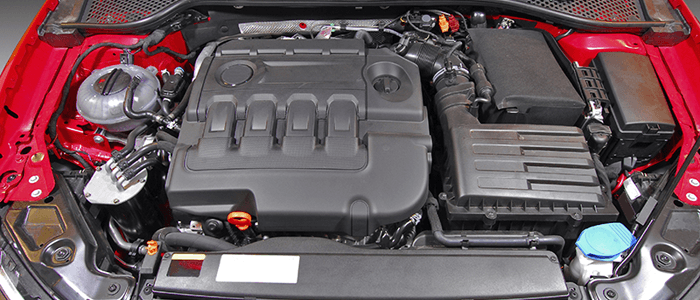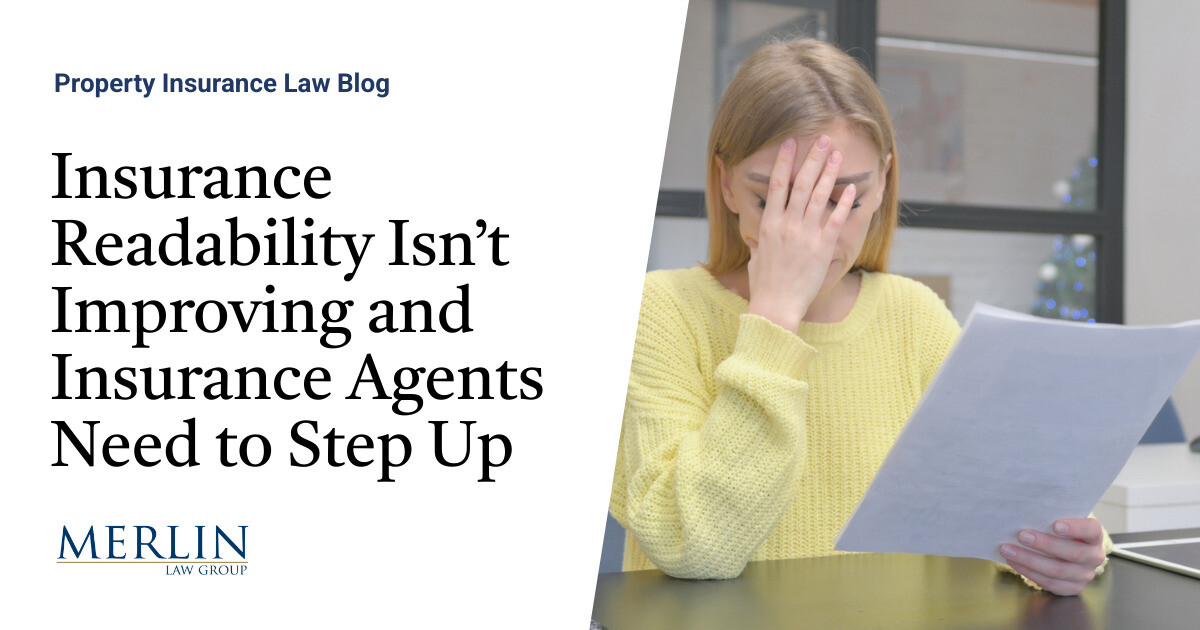
With all the wear and tear that employees put their company vehicles through, you should have a company vehicle protection checklist.Company vehicles are essential to many businesses, which is why owners and employees need to take good care of them.Flat tires, cracked windshields and broken tail lights should be fixed as soon as possible because driving an unsafe vehicle — even for a short time — is never a good idea.
Make sure your business is protected with the right insurance solution.But what about hazards that aren’t in plain sight? Warning signs are often below the vehicle’s hood or its underbody.Yes, professional services are the best option for maintenance and inspections but going through a company vehicle protection checklist should be at least a weekly task.
Tips for your company vehicle protection checklist Tires Looking at a tire to verify air pressure only works when they’re severely deflated.Kicking tires sometimes works but your best bet is to use a tire pressure gauge every week to make sure they’re inflated properly.Inflation recommendations vary by vehicle so be sure to consult your owner’s manual.
Another thing that’s virtually impossible to check without a gauge is your tires’ tread depth.Tires must be replaced (according to the Motor Vehicle Act) when dread depth is less than 1.6 mm though it’s best to make the switch when they get down to 3.2 mm.Both gauges are inexpensive and available in most retail outlets that carry automotive products.
The last tire tip can easily be checked with the naked eye: making sure your spare tire is in good condition.Since they’re stowed away in a trunk compartment, it’s easy to forget about spare tires but extremely important that your employees don’t.For information on winter tires, see one of our previous articles.
Under the hood Employees shouldn’t be expected to do anything nearly as complicated as replacing a battery, but they’re perfectly capable of regularly conducting a few simple checkups.Vehicle owner’s manuals are great resources to help find any of the parts below.Air filter: Cleaner filters allow more air intake resulting in better gas mileage.
Filters that are brown or black are ready to be replaced so it’s best to check them every couple of months.Coolant levels: Your vehicle’s radiator cools your engine and needs water (or an antifreeze mix, in cold climates) to run.Check water levels after the engine has been off for a while (or else the radiator will be hot) by unscrewing the radiator’s cap and adding coolant as necessary.
Oil: Check oil levels before turning vehicles on for the day by removing the “dipstick”, wiping it clean, reinserting it and removing it again to see whether oil is low or full.Employees checking oil is fine but it’s probably best to leave changing it to a professional service.Transmission fluid: To help vehicles shift gears smoothly, check transmission fluid the same way you check oil.
(The transmission dipstick is close by.) Unlike oil, transmission fluid is something you can top-up yourself though employees should take their vehicle to the mechanic if they notice metal flakes in their fluid.Battery: Again, employees will never need to replace it themselves but they can check to see if it needs maintenance.Placing a voltmeter across the terminal with the engine turned off is the easiest way to make sure it has enough juice.
You can also inspect the terminals to make sure there’s no corrosion buildup.Prevention is key Tires with worn out tread, radiator with no coolant and every other issue above is only a hidden hazard if you or an employee lets it become one.The best way to ensure your company vehicles are safe to drive is taking a proactive, preventative approach to maintaining them.
A maintenance schedule, training or anything else to help employees mitigate hidden hazards will go a long way towards keeping your company vehicles, staff and business safe.
Publisher: TruShield Insurance








